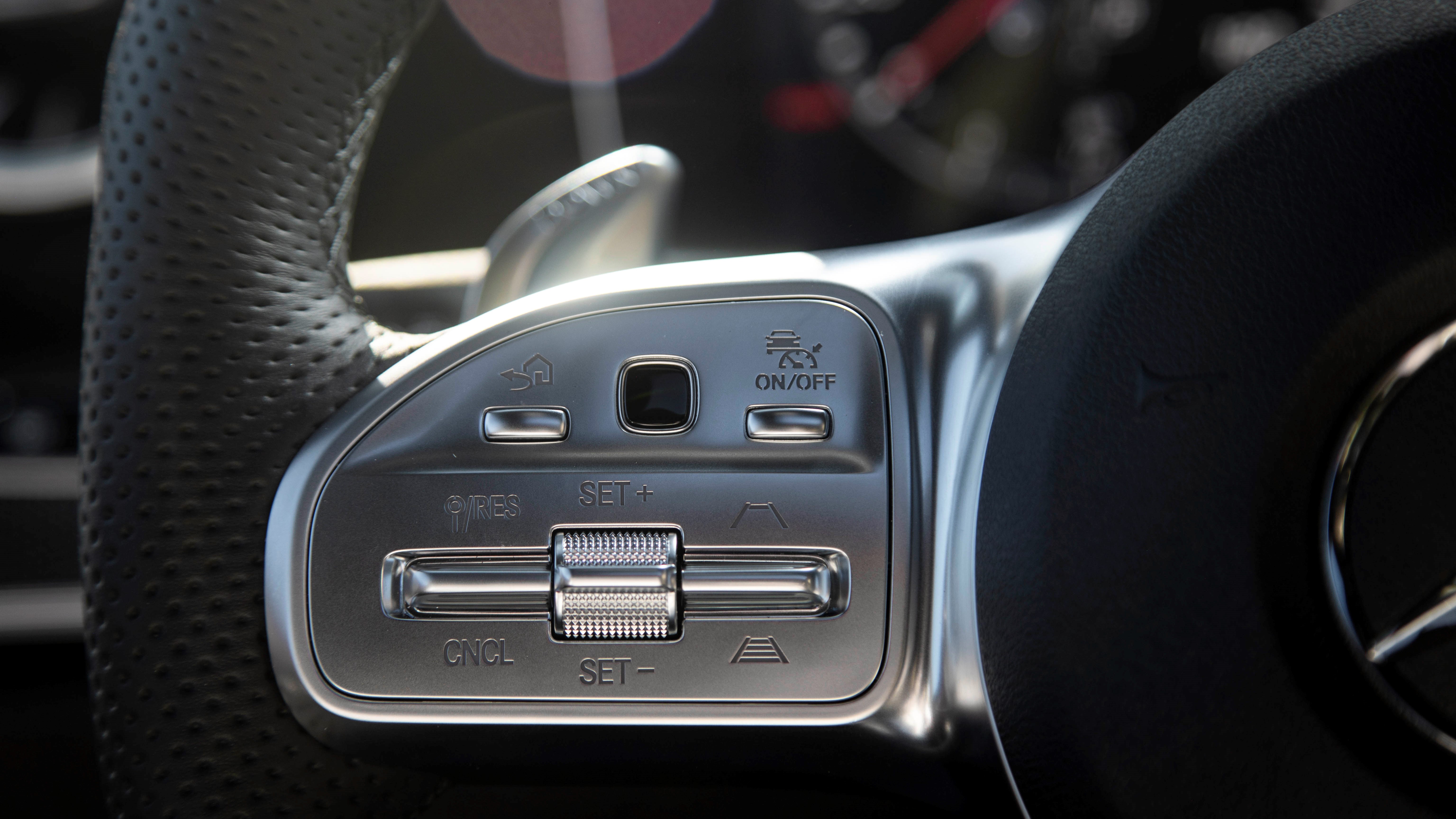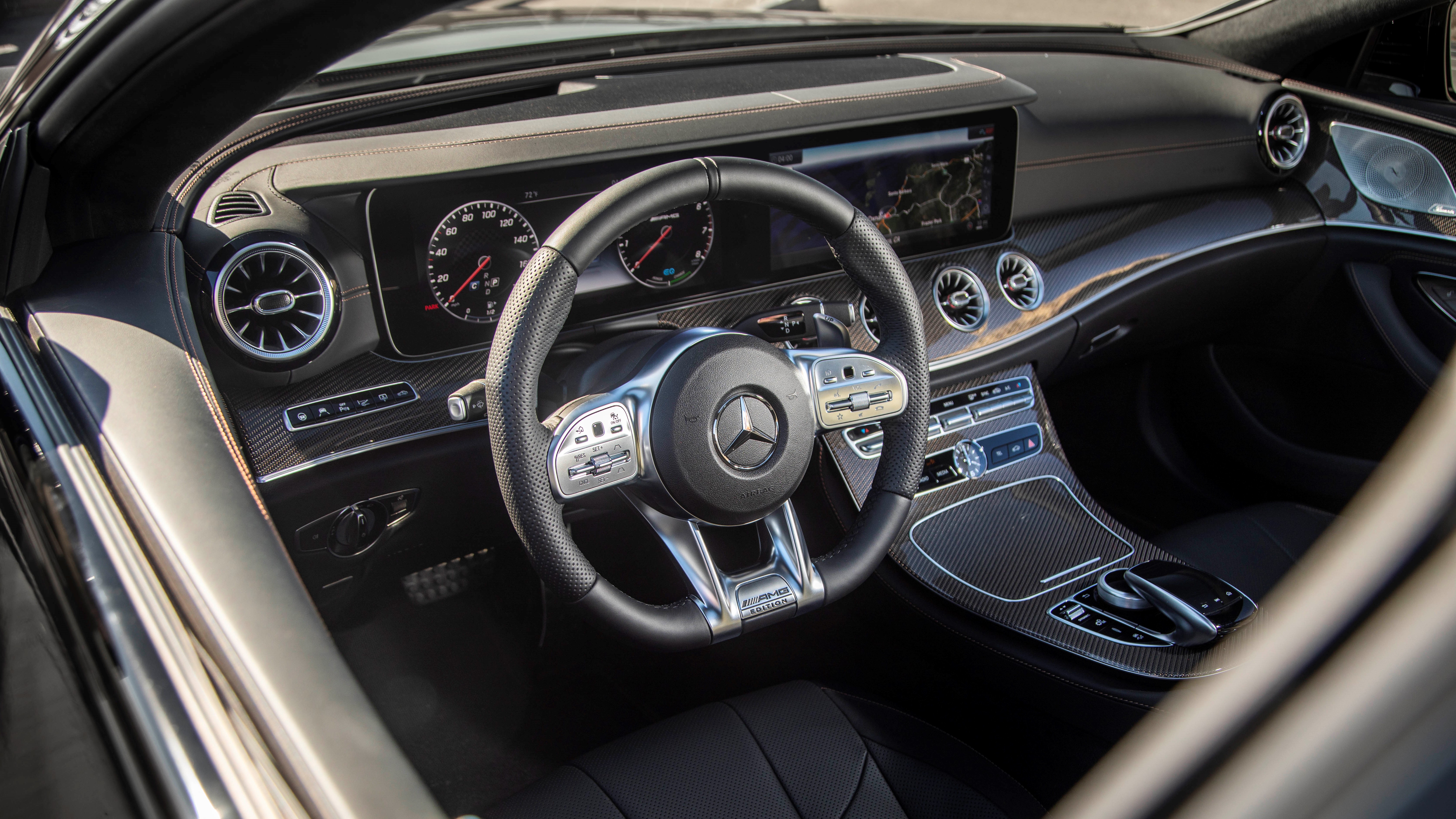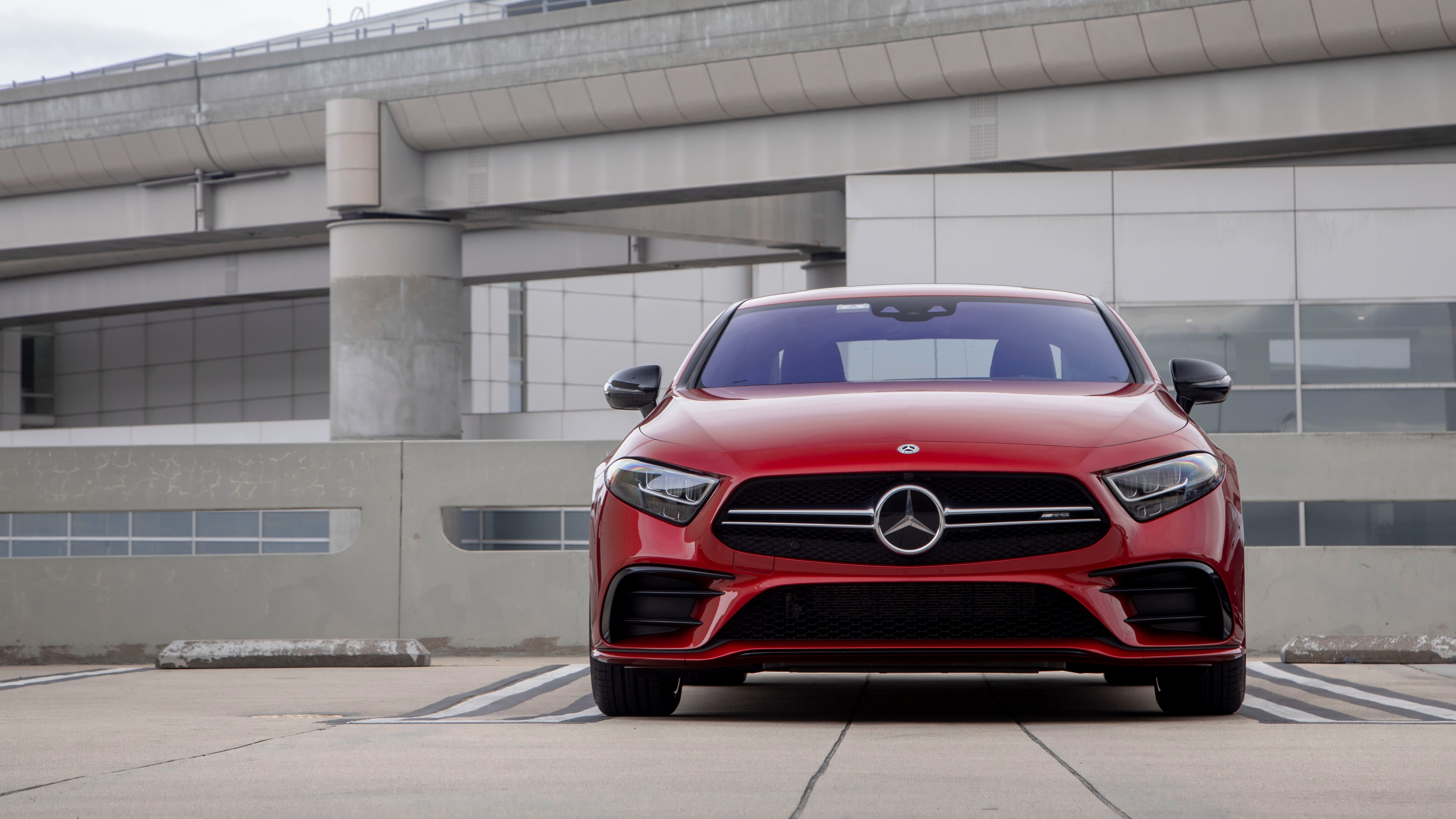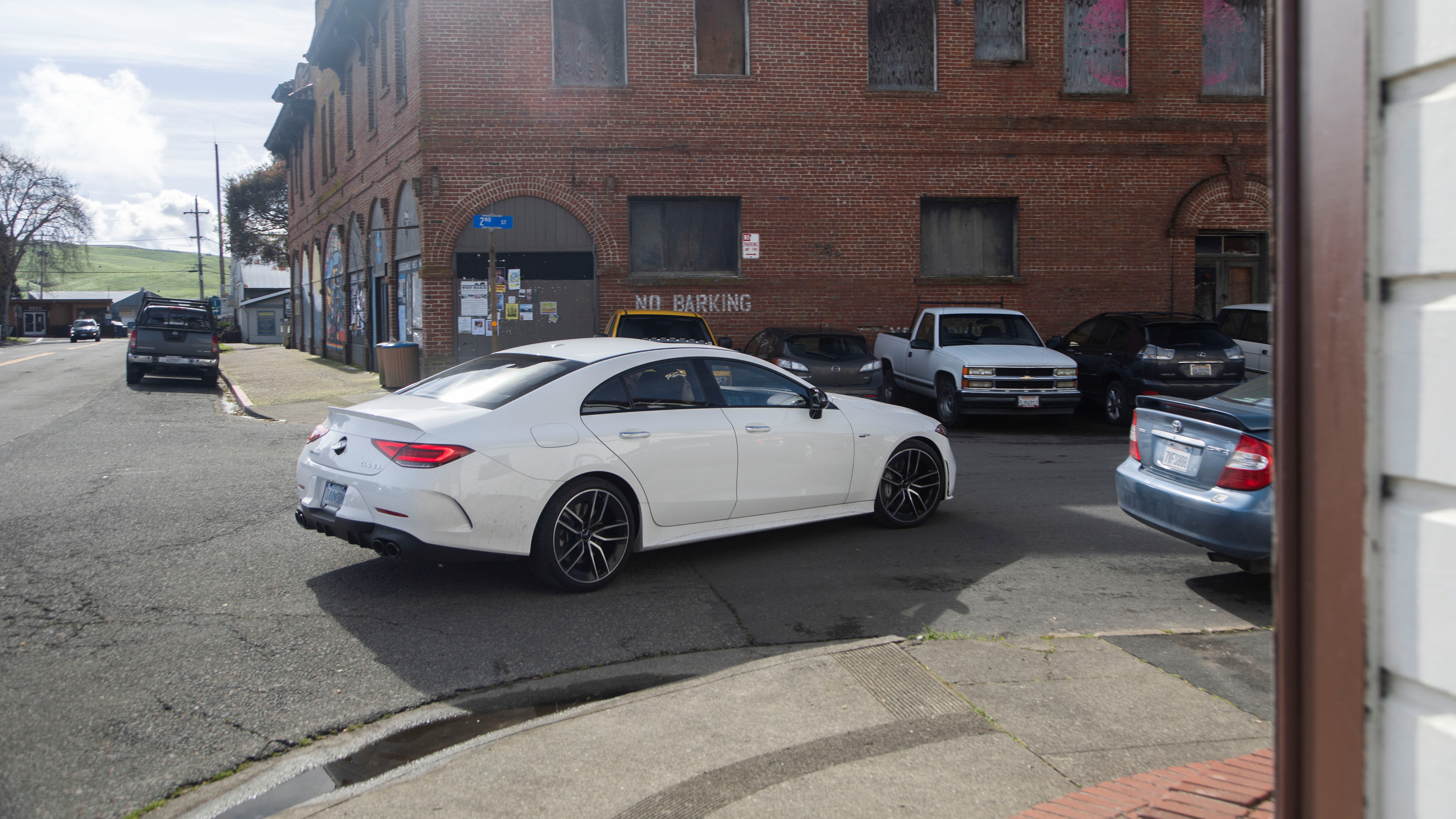The 'magic' buttons on this Mercedes-AMG CLS 53 might be the future of cockpit control

The interface available in cars will dictate the future of driving. The more intuitive the controls, the easier we can navigate through menus, and the more fluidly we can find autonomous driving features, the more we can focus on other tasks – like drinking a cup of coffee or testing.
In a recent test of a 2019 Mercedes-AMG CLS 53, two Touch Control buttons, as they're called, made driving more enjoyable. I was able to easily move my left thumb over to the 'magic' button on my left to control the gauge cluster (the display above the steering wheel) and them use my right thumb to tap and scroll through menus for the main center console.



It’s a bit like controlling an Apple iPad. If you’ve used one, you know it is all about the thumbs. You hold the device with your fingers and tap icons and swipe menus with your thumbs. (That is, unless you’re my wife who prefers to use the tips of her index fingers.) In interface design, the reference points we use for how we control and interface are super critical.
A poorly designed interface is one that's awkward to control – you have to bend your fingers around a screen or perform some action that feels unnatural. I discovered this while car shopping recently – the person who designed a Honda Element (now defunct, but possibly coming back) likely never dropped his or her kids off at school. To jump out of the backseat, you have to open the main door first. It’s a terrible (ie confusing) design.
My issue with poorly designed interfaces is that – someday soon, or at least in the next 20-30 years, we will rely on interfaces to control all driving, perhaps even in cars without a steering wheel, brakes, or an accelerator. Cars will need to be as intuitive as an iPad.
Controls that 'just work'
In the CLS 53, the thumb controls feel natural, obvious, and well-positioned. I didn’t even have to think about what to do. In the main gauge display, you swipe right to control the left-most display, then swipe up and down to scroll through the menus. If it was any easier then Mercedes would probably have to pay royalties to Apple.
When I used the right Touch Control button for the center console display, I flipped through settings for the car itself (hello, audio surround sound control) and even found the control button to work well for Apple CarPlay.
Sign up for breaking news, reviews, opinion, top tech deals, and more.
To compare these buttons a bit to other interface controls – they 'just work' and feel natural. Too often, the interface control on some modern cars feels to jerky and abrupt. The cursor jumps around from one setting to another. On the CLS 53, you slide the touch-sensitive button, so you have full control over how fast the cursor moves.



This is more important than you might think. On many commutes to an office, driving on a side roads through the country, and on a highway in stop-and-go traffic, I was able to focus on the road and barely had to look at the displays. The buttons were an extension of the steering wheel, literally like using an iPad to find configure options. I calculated the time I spent adjusting the gauges compared to other cars and figured I was spending about half the time, mostly because my hands were already resting on the steering wheel.
When we are less distracted, and the interface is more fluid, we will enjoy driving more – or we will be able to focus on other tasks as the car drives itself. I’m looking forward to that age of driving a little more now that I’ve tested a car that has better touch controls.
On The Road is TechRadar's regular look at the futuristic tech in today's hottest cars. John Brandon, a journalist who's been writing about cars for 12 years, puts a new car and its cutting-edge tech through the paces every week. One goal: To find out which new technologies will lead us to fully self-driving cars.

John Brandon has covered gadgets and cars for the past 12 years having published over 12,000 articles and tested nearly 8,000 products. He's nothing if not prolific. Before starting his writing career, he led an Information Design practice at a large consumer electronics retailer in the US. His hobbies include deep sea exploration, complaining about the weather, and engineering a vast multiverse conspiracy.